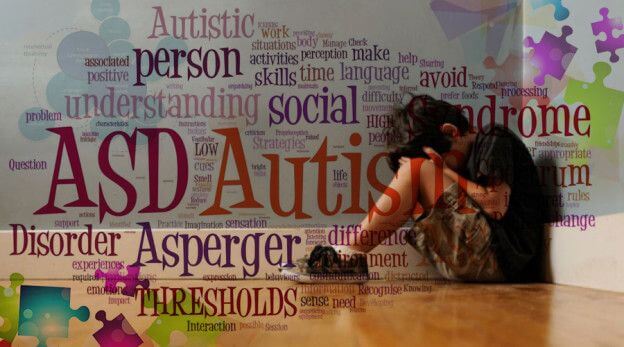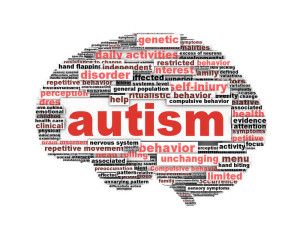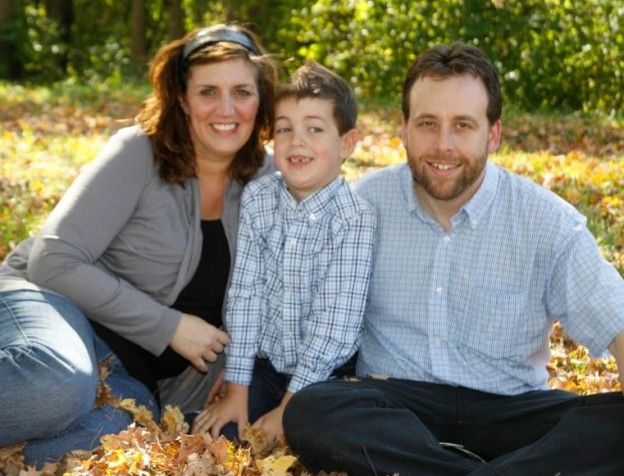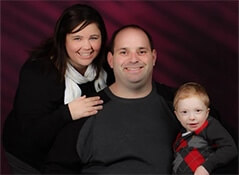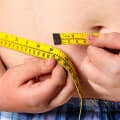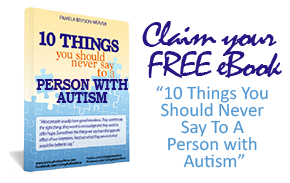There comes a point in our lives where we felt so much is happening at the same time. Publishing my own book, for instance, is one rollercoaster ride. Apart from the excitement and chaotic schedule to keep up with, there is nothing more thrilling than receiving that one phone call that says it all—a call from Temple Grandin. Yes! Dr. Grandin!
Dr. Grandin is a renowned name in the realm of Autism Spectrum Disorder. She is a professor, inventor, best-selling author, and rock star rolled-into-one in the seemingly divergent fields of animal science and Autism education. She was also featured in the award-winning 2010 biographical film, and was listed in the Time 100 Most InfluentialDr. Grandin is a renowned name in the realm of Autism Spectrum Disorder. She is a professor, inventor, best-selling author, and rock star rolled-into-one in the seemingly divergent fields of animal science and Autism education. People in the World in its Heroes Category. A world-renown expert and resource person for ASDs, and a famous author of various books including The Autistic Brain, a personal call from her in my own home left me panting for breath (literally!) due to too much excitement and glee. Add her personal endorsement on my book, which states– “Living autism day.by.day will help parents to persevere and meet the challenges of raising a child with severe autism” — and I was literally swept off my feet! It was a defining moment for me, one that I’ll surely cherish for a lifetime.
As a parent advocate and go-to Autism mom, I know how my wise advice, knowledge, expertise and hands-on experience on raising a child with autism can reach a wide number of families out there in times when they are struggling on what needs to be done and how to do it to keep their minds and emotions on the level just as the struggle seem to engulf them in a deep abyss. With two of my children having special needs (John, my youngest son, has Autism), I know what it feels to be alone in a room full of people and you felt like screaming so they will understand what you’re going through. I know what it feels like to find yourself immersed in strings upon strings of questions with no ready answer at hand. I know how it feels to be lost and hoping to be found. My book deals mostly on:
- what is offered in the field of Autism Spectrum Disorders for services and professionals…
- what everything means that you will hear about in the world of autism…
- what types of feelings, emotions and issues you will deal with on a personal level as a parent or caregiver…
I was often told that I have the gift of story-telling and a deep sense of compassion and understanding, and that is precisely where my book got its inspiration. It is meant to provide answers. It is designed to give a reader hope and deep sense of understanding, on a personal level, from someone who is just like you, undergoing the same woes, joys, grief, delight, and mixed euphoria on the often-isolated and often-misunderstood life with autism.
Like everyone else, I too lived through the same fears, agony, and joys that this wonder-rific world of Autism brings. I am neither a doctor nor a therapist, but as a parent to a child with Autism, I know that often, the most insights your family needs can come from another parent’s heart. Yes, my book is written from the bottom of my heart and crafted out of my sincere intention to reach out to parents, mothers and fathers alike, caregivers, family, and close friends who find themselves engulfed in a new set of emotional roller coaster ride with Autism.
With the encouragement from Dr. Temple Grandin, the support of my dear family and friends, and the help of my publisher, Freedom Abound Press, “Living Autism Day By Day” has become quite an indispensable reference on all things one wants to know about autism. Concisely formatted on a daily basis, it is meant to fit to your hectic life and increase your level of awareness, emotional sensitivity, practical mindset, and yes, good humor.
Do feel free to check out snippets from my book via my website– http://livingautismnow.com/book/. You may also buy it here: http://livingautismnow.com/buy-now/. For discounted BULK orders, simply call Freedom Abound Press at 506.471.7440 or send us a note at info@LivingAutismNow.com.
Writing this book and knowing that I am able to help a lot of parents, caregivers, families and friends out there deal with Autism truly put me in high spirits. It is one thing to experience it all, and another to be able to let somebody in on how I was able to get through it all, and still come out ecstatic, jovial and whole.
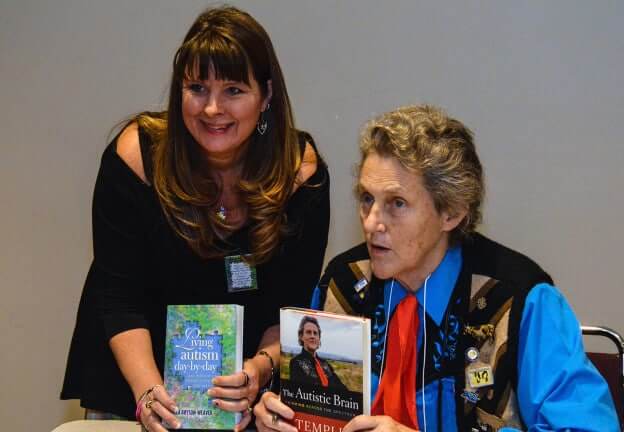



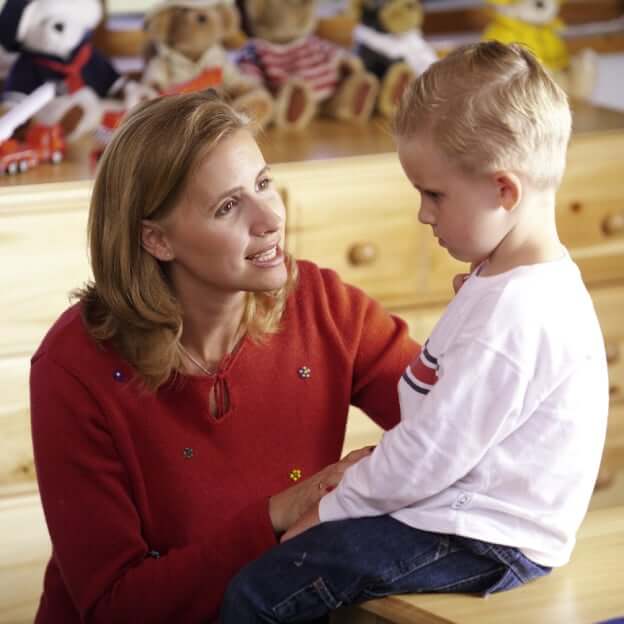
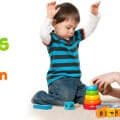
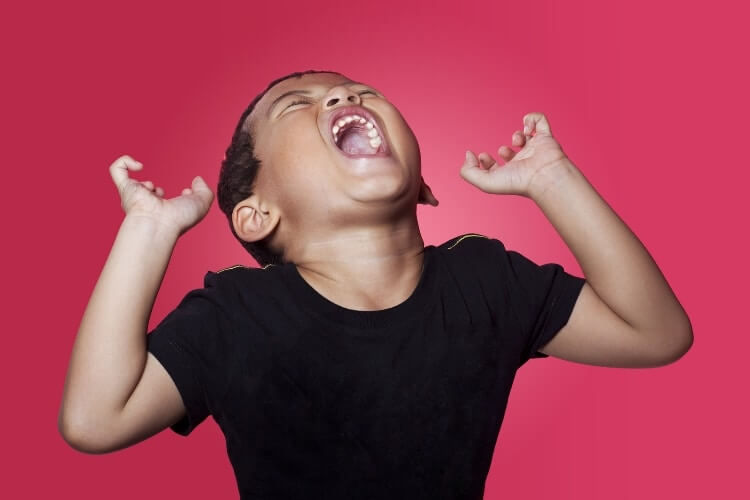
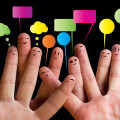
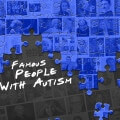
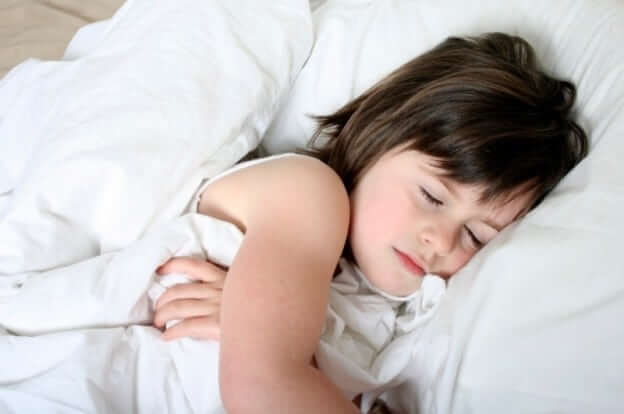
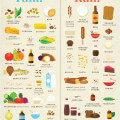

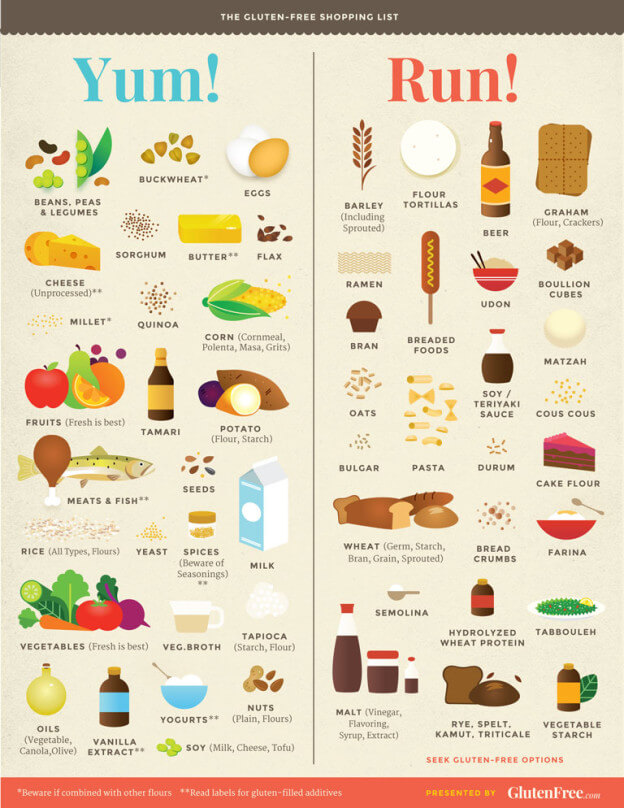
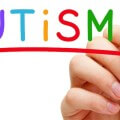

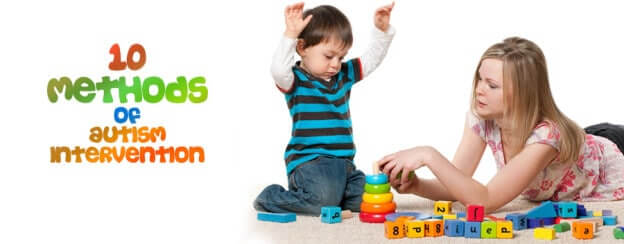
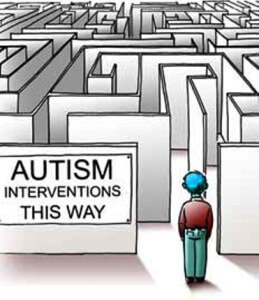

 According to their
According to their 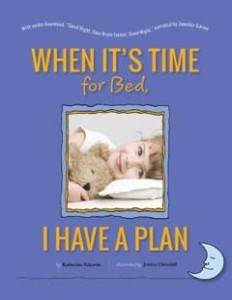 2.
2. 
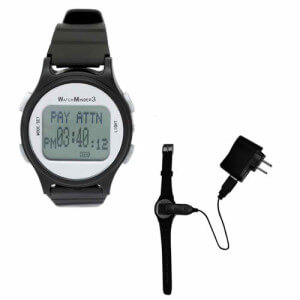
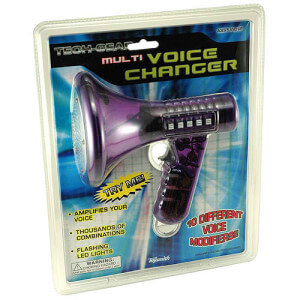
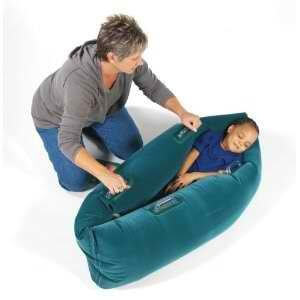 6.
6.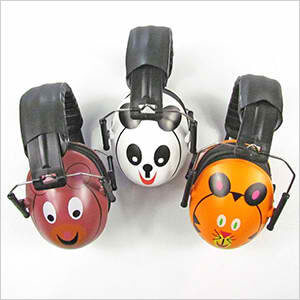
 8. Tech4Everyone
8. Tech4Everyone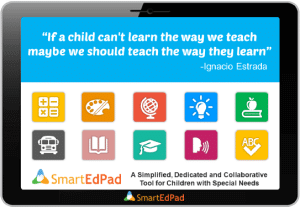
 10. iPads and Android Tablets
10. iPads and Android Tablets


